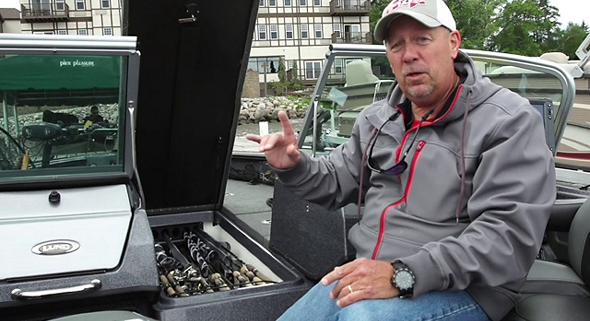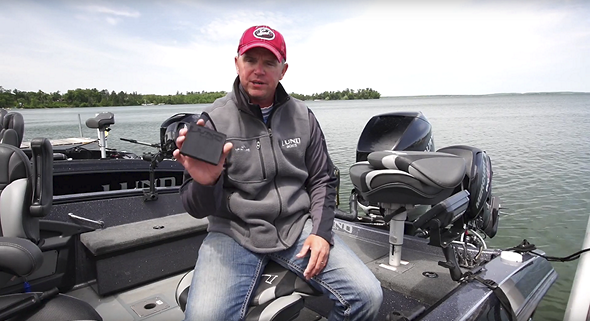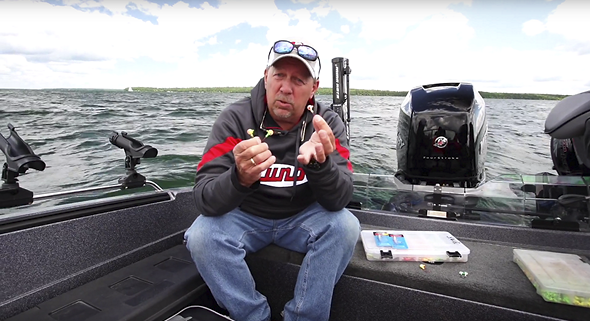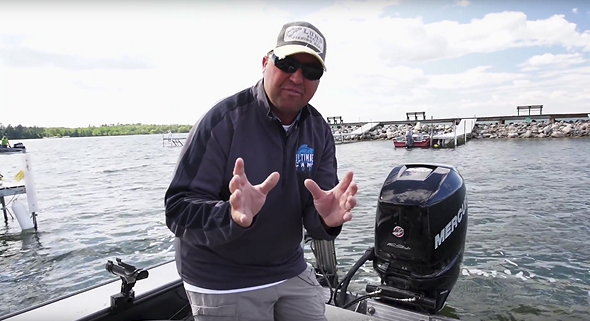THE RETURN OF AN ICON: THE LUND FISHERMAN IS BACK
Behind the Design with Lund Product Managers Dan Anonen and Rory Wiebe
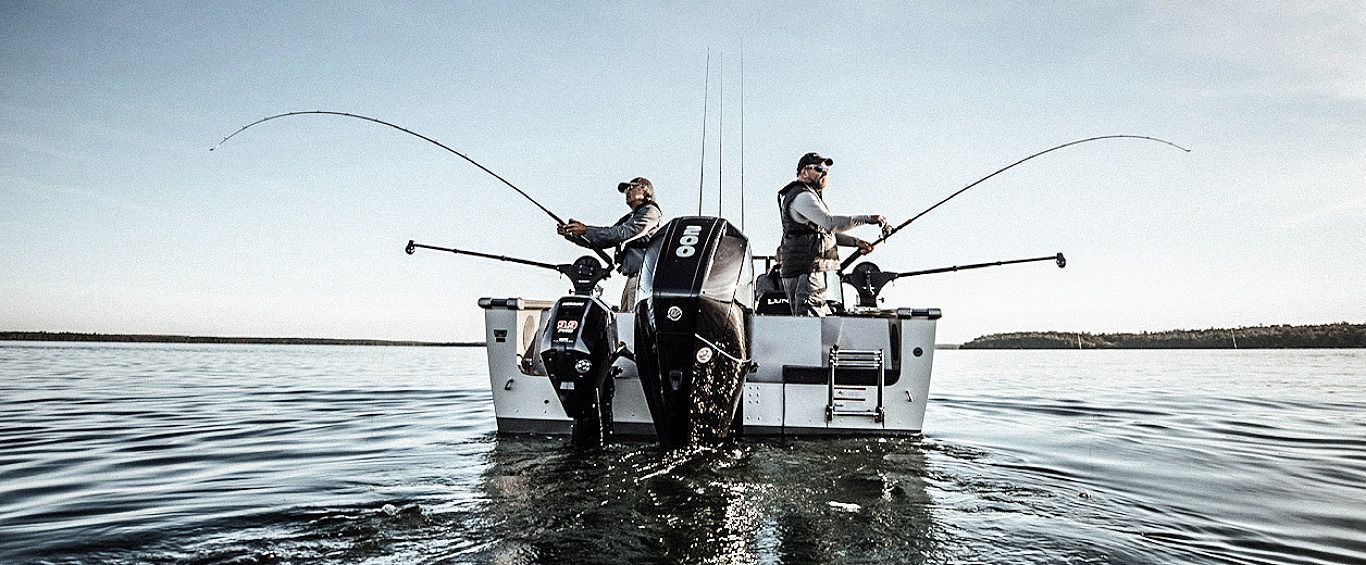
One of the most iconic boats in Lund’s history took a break for about a decade, and anglers missed it—so we’re bringing it back. The Lund Fisherman is designed for one thing—to master big water and put fish in the boat. Specifically oriented toward trolling, the layout is ideal for running multiple downriggers out of the deep cockpit. And riding on Lund’s legendary IPS hull—now with a deeper deadrise and wider beam—it boasts unparalleled stability, smoothness, and safety.
We interviewed the master boat designers behind the newest iteration of the Fisherman— Lund Product Managers Dan Anonen and Rory Wiebe—to understand the concept behind this impressive fishing machine.
Why did you build the Fisherman?
It’s built for trolling in big water. Salmon, trout, walleye, in the Great Lakes, the Pacific Northwest, striper in the Midwest and South. The Fisherman is designed specifically to handle the demands of dedicated anglers in big-water fisheries.
How has customer feedback influenced the design?
Lund listens through its Voice of the Customer program, and implements valid ideas whenever possible. This boat directly reflects the needs of big water anglers. The Lund pro staff and dealers across the continent also have a voice in boat design. How did the former Fisherman influence this boat? It retains the deep cockpit, smooth ride in the chop, and stability— they’re both made for big water trolling plus fishing at anchor.
What is the advantage of Lund’s double-riveted hull?
A riveted hull—built right—is incredibly straight for precise tracking in all conditions. Other manufacturing methods can cause warping and lead to cracking. Riveted hulls are also incredibly safe and durable—which is why airplane wings and bodies are built of riveted aluminum. It’s just the best method of aluminum boat construction.
What unseen aspect of design or construction is notable?
The longitudinal hull reinforcement beneath the all-aluminum floor brings full-length rigidity and long-term durability to the entire structure. Aluminum bulkheads and braces create a rock-solid substructure that provides safety and top performance.
How is this boat safer than others in big, rough water?
The cockpit depth—30 inches—makes the boat incredibly safe. It doesn’t just feel safe—it is safe. You’d have to try and fall out.
How does the hull design affect performance and stability?
The Fisherman’s IPS hull has a slightly deeper deadrise than the previous version plus a wider beam. This helps it cut through chop more smoothly and sit more stably at rest.
Talk about the storage and seating in the Fisherman.
Rod storage is unmatched in this boat. Three rod lockers let you pack in your biggest trolling or casting setups. In-floor lockers and in-gunnel storage add capacity for tackle and safety gear. And there are four cockpit seat positions and two fold-flat aft jump seats, so you can easily fish a crew of up to six.
The Lund Fisherman will be available in two models—1875 and 2075. Both are uniquely equipped to take on the challenges that big water present, and both are destined to put big fish in the boat for decades to come.
Sign Up
For our monthly eNewsletter "The Catch"
